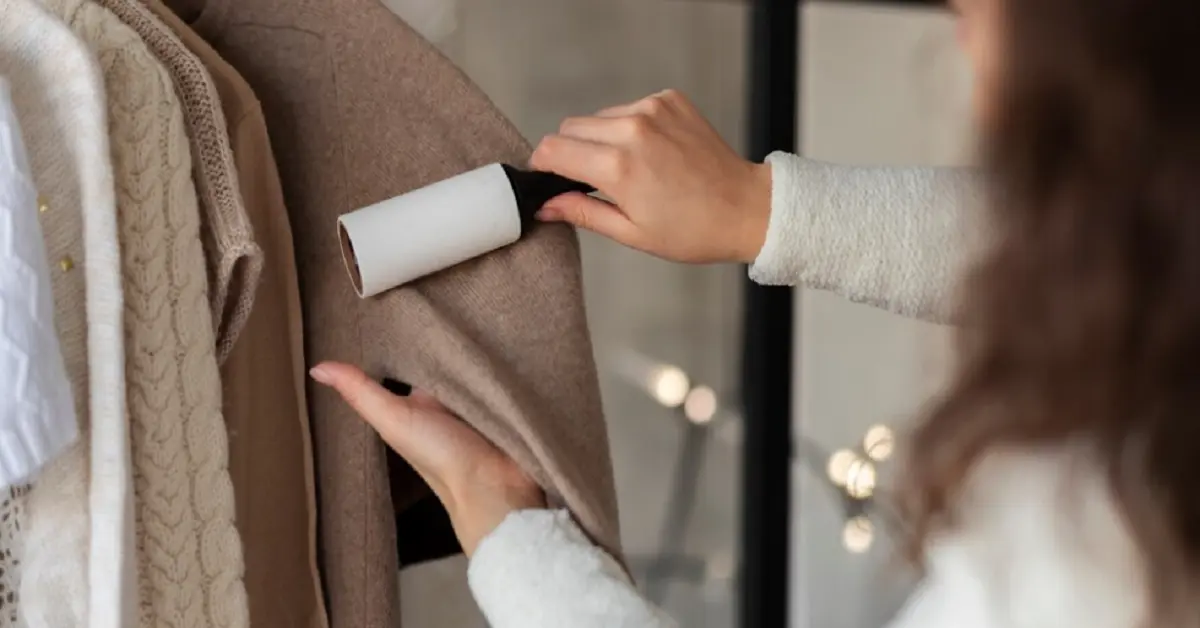Post Preview
Key Takeaways
- Discover how advanced shaping technologies are revolutionizing shapewear fabrics.
- Understand the benefits of modern fabrics that combine comfort and functionality.
- Discover the most recent developments in the fashion sector, with a particular emphasis on shapewear.
- Get insights into how data and research drive innovation in fabric technology.
Table of Contents
- Introduction
- The Rise of Modern Shapewear Fabrics
- Benefits of Technological Advancements
- Critical Trends in Shapewear Fabric
- Real-world Examples of Innovation
- Impact on the Fashion Industry
- Future Trends and Predictions
- Final Thoughts
Introduction
The realm of fashion is constantly changing, as fresh materials and technological advancements consistently expand what can be achieved. Among these advancements, the development of shapewear fabrics stands out, seamlessly combining comfort and style. Today, we’ll delve into the remarkable progress in this field, exploring the benefits and future of these innovative textiles. Innovations like the ones seen in this shapewear brand are setting new benchmarks for the industry.
Consumers demand more from their clothing, so manufacturers are racing to create fabrics that shape the body and provide excellent comfort. Modern shapewear has evolved to cater to these needs, proving that you don’t have to sacrifice comfort for aesthetics. Let’s look at how today’s shapewear fabrics have transformed the fashion landscape.
The Rise of Modern Shapewear Fabrics
Shapewear fabrics have come far from their early, often uncomfortable predecessors. Initially, shapewear was synonymous with rigid corsets and confining garments that were more of a struggle than a solution. However, the incorporation of advanced textiles and shaping technologies has transformed this segment of the apparel market. Modern shapewear fabrics offer significantly improved elasticity, breathability, and durability, ensuring wearers look good and feel comfortable enough to wear these items all day.
Today, materials like microfiber, spandex, and lycra are commonly used in shapewear. These materials are chosen for their ability to conform to body shapes while providing ample support dynamically. Such innovations have made shapewear more accessible and user-friendly, encouraging a broader demographic to embrace these garments.
Benefits of Technological Advancements
- Improved Comfort:Fresh materials are created to offer a delicate and smooth sensation on the skin, delivering a second-skin feel that is hardly noticeable. Companies have developed specialized weaving techniques to create fabrics that reduce friction, making them more comfortable to wear over extended periods.
- Enhanced Durability:With better construction and materials, modern shapewear lasts longer and withstands regular use without losing effectiveness. Advanced synthetic fibers are engineered to retain shape and elasticity, even after multiple washes.
- Better Performance:Advanced shapewear fabrics combine compression with flexibility, improving figure-shaping capabilities without restricting movement. It is essential for garments worn during physical activity, where support and flexibility are crucial.
Critical Trends in Shapewear Fabric
In recent years, several key trends have emerged in the shapewear industry. Sustainable materials, for instance, have gained popularity as consumers become more environmentally conscious. Recycled fibers and eco-friendly production processes are now integral to many brands’ manufacturing protocols, helping to reduce their environmental footprints. Additionally, the focus on inclusivity and body positivity has led to a broader range of sizes and styles, accommodating diverse body types and preferences. No longer restricted to a narrow range of body shapes, modern shapewear is designed to make everyone feel confident and comfortable. Innovations in fabric technology, such as moisture-wicking materials, have also enhanced the functionality of shapewear, making them suitable for various activities and weather conditions. According to Forbes, these trends are shaping the future of fashion in significant ways.
Real-world Examples of Innovation
Brands worldwide are adopting these advanced technologies to stay competitive. Take the rise of athleisure, for instance. Many companies now offer shapewear options within their athleisure lines, combining activewear functionality with figure-enhancing benefits. This hybrid approach meets the needs of many consumers who want clothing that adapts to various aspects of their daily lives. Another example is the trend of integrating luxurious fabrics such as silk and satin into shapewear. These fabrics provide a sense of indulgence while maintaining the practical benefits of traditional shapewear materials. This shift is supported by increased consumer demand for versatile, multi-functional clothing items.
Impact on the Fashion Industry
Advancements in shapewear fabrics are profoundly impacting the broader fashion industry. Designers now have more tools to create innovative and inclusive collections. It has led to an explosion of creativity in the fashion world, with designers experimenting with new materials and concepts to meet consumer demands. Moreover, the growing demand for high-quality shapewear is driving research and development, leading to further innovations in textile technology. It benefits shapewear manufacturers and impacts other segments of the fashion industry, as advancements in fabric technology can be applied to various clothing types.
Future Trends and Predictions
Looking ahead, we expect continued growth and innovation in shapewear fabrics. Integrating smart textiles and wearable technology might be the next frontier, offering items that provide health monitoring benefits alongside their primary shaping function. Imagine shapewear that can monitor your posture, track your steps, or even offer gentle massages designed to improve circulation. Additionally, as sustainability becomes increasingly important, the use of eco-friendly materials in shapewear will likely rise, aligning the industry with global environmental goals. Biodegradable fibers and sustainable sourcing practices could become standard, making shapewear part of a more responsible fashion ecosystem.
Final Thoughts
Shapewear fabrics have undergone significant transformations driven by technological advancements and changing consumer preferences. As these innovations continue, they will undoubtedly play a pivotal role in the future of fashion. Whether it’s improved comfort, enhanced functionality, or greater inclusivity, the potential for shapewear fabric technologies is limitless. With the industry’s ongoing commitment to innovation and sustainability, the future looks bright for shapewear fabrics. As more brands and manufacturers adopt these advanced technologies, consumers can look forward to more comfortable, stylish, and practical shapewear options.
